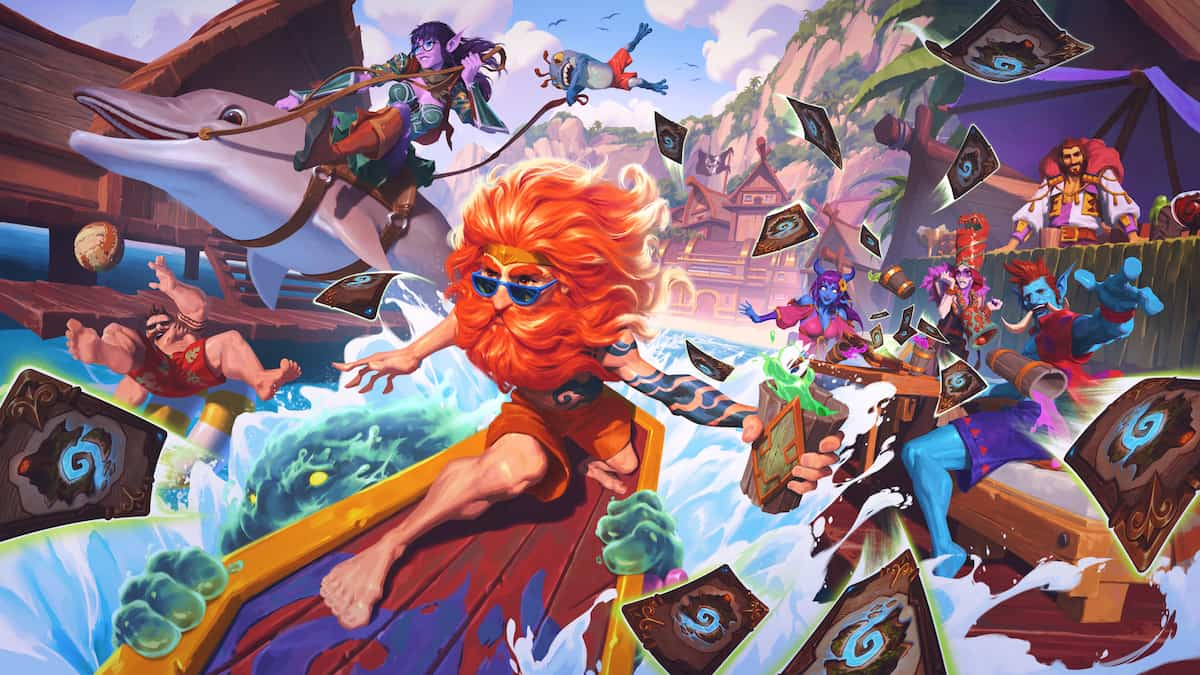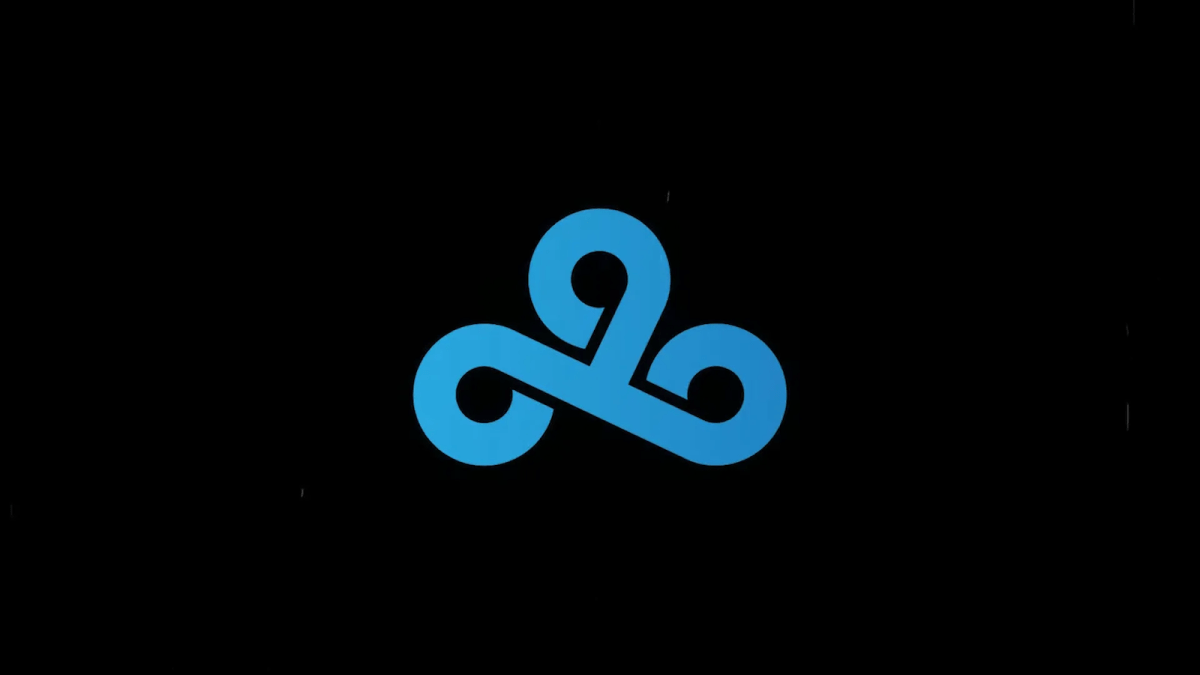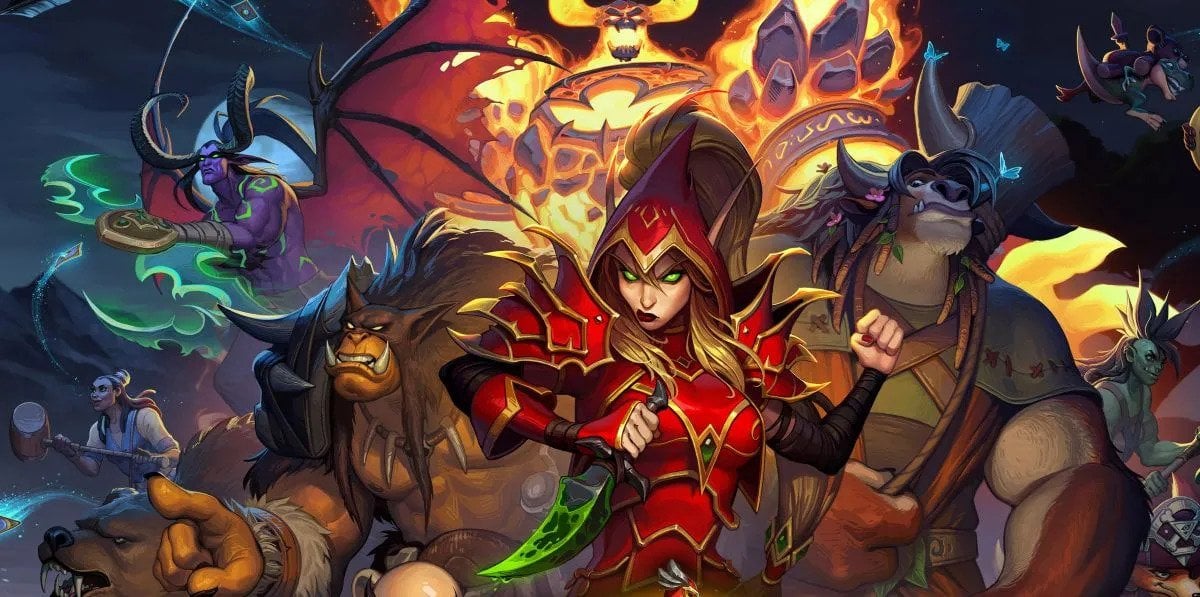Note: Once the nerfs go into effect, you should switch up
Introduction
This week on The New Standard, we’re getting a little experimental. That is, we are porting a deck from Wild to Standard. Recently, a player named kingsdefender took a version of Overload Shaman to legend in Wild. While I do not play Wild, the build was so similar to a Standard deck that I’d thought I’d give it a go in the better format (if I may say). This is a control-oriented build that utilizes a ton of cards I’ve never seen in a Competitive Hearthstone before to build a two-tiered deck. On one hand you have the Overload synergy that builds up to things like Snowfury Giant, and on the other hand you get to play a very diverse Evolve package with a bunch of high-costed cards. It’s something different, something fun, and, much more importantly, something new. Will it work? Let’s find out!
Key Cards
The Evolve Package
As mentioned in the introduction, a big part of this deck is that it has two paths to victory. One part of that is the big overload, which builds in the form of gigantic threats like Flamewreathed Faceless, Drakkari Defender, and Snowfury Giant. While that is strong, it is never a great idea to put all of your finishers in one basket. For that reason, this deck goes heavy into the evolve side of things. There are many ways to make stronger minions here. You have Evolve, Unstable Evolution and Thrall Deathseer. That trifecta, mixed with things like Dopplegangster, means your spells are always going to give you a high value target. Your goal is to control the board, clear hard, and then transform your minions as soon as you get a window.
In terms of choosing things to evolve, you have quite a few options. Dopplegangster is going to be the best. The three 2/2’s are phenomenal, and you will win the game if you ever build them up when you have priority. You always want to play to the five drop if possible because three six drops will almost always instantly give you control of the game. However, Guild Recruiter or a damaged big threat are also fantastic. Evolve is powerful when you have a board, but Unstable Evolution does a great job at putting on pressure as well. Also, as this deck does not care about totems, Thrall Deathseer comes with extremely little risk. You always want to strike at high-priority targets, but anytime you can transform two or three bodies, you should.
The AOE
There were not many big losses when moving this deck to Standard, but a significant one was the lack of Elemental Destruction. The three mana spell is a fantastic way to take over the board, and losing it is a big blow. Even so, we still have a great one-two punch in Volcano and Lightning Storm. Those cards are amazing, especially in a deck where you don’t care about your own minions. The reason AOE is so important in this build because, instead of relying on a strong curve or string of powerful cards, you have a ton of one-two punch packages that instantly give you control of the game. Your opponent plays some minions, you kill them, they play some more, then you take out everything in one swoop and put down a strong tempo push. For that reason, these clears have two uses. Typically, you want to use them as a way to mitigate the board and play to your big minions like a classic control deck. However, you can also hold onto them to make sure you have a platform to play your big bodies. Your Evolve package is always strong, but it’s insanely powerful when the board is empty.
Drakkari Defender/Guild Recruiter
One of the many cool combos in this build, Drakkari Defender/Guild Recruiter works similarly to the Oaken Summons/Ironwood Golem package in Jade Druid. However, instead of six armor, you get a 2/4 on top of a 2/8 with taunt. That is an extremely good deal for five mana. Do not underestimate the power of this push, especially when you have an evolve card in hand. Instantly upgrading the recruiter with an Unstable Evolution is fantastic, as is using Thrall Deathseer in combination with the two bodies. Both minions are a great way to slow the game down. Even if you cannot get a ton of use out of them, being able to eat your opponent’s turn to play or stall to your AOE can be very useful. Most decks will trade to control the board, and you can take advantage of that here.
While Drakkari Defender comes with a steep cost, hard casting it is not the end of the world. A three mana 2/8 with taunt was great back when it was called Deathlord. Now, in a meta that is much weaker, it is incredibly powerful. Early stat lines go a long way, especially when you’re fighting against things like Aggro Paladin or Tempo Rogue. While there is going to be a large shift in the meta once the newly announced nerfs go into effect, there is no doubt that aggressive decks are still going to exist. I could especially see things like Hunter and Secret Mage coming back into the meta. If that happens, running out an early wall (even if it shuts down a turn) could be a great way to bridge any gaps in your curve.
Healing Rain
Healing Rain seems and feels like a rather unassuming card. However, it has a lot of potential when it comes to piloting a deck like this. While it is easy to fall into the trap of viewing this build as a classic “play big stuff” build where you simply overwhelm your opponent with giant body after giant body, this is a much slower style of play. As your individual combos are so powerful, your goal is to simply outlast everyone you’re up against. Being able to gain twelve health back following an AOE (which then gets rid of the randomness of this card) is one of the best trump plays you have when fighting aggression or burst. When you’re under pressure, you should treat this card in the same way you would Ragnaros, Lightlord. That is, mitigate where the healing is going and try to make sure you’re the only one who is damaged.
Going off of the above note, you don’t always need to use Healing Rain on yourself. It is almost always going to be the first response to just get all the twelve to go to you. This can be a good option, and it works especially with your spells, but there is no reason to ignore your board. In games where you don’t care about your health (such when playing control) you just need to protect your big minions. Some decks have pure clears, but most AOE is damage-based. For that reason, you should always work to get your minions’ health up above any such removal. If you see your opponent trying to set you up for a certain spell and you have rain in hand, do not be afraid to use it.
Overload
The other half of this build is the overload portion. There are many cards in this deck that help lock down your crystals, including Drakkari Defender, Flamewreathed Faceless, and even Lightning Storm. That not only helps you get out in front of the curve, but it also gives you free Snowfury Giant triggers. Overload has commonly been a problem for Shaman in the past, but the meta is much weaker now. For that reason, you will almost always take the trade off. As long as you can properly plan for when you lock down your crystals, you should be ok on the board. Removal is much weaker than it once was, which means when you get a four mana 7/7 out, it is going to do a lot of work. Either your opponent answers you, or gets crushed by your strong threat.
A key part of playing this deck is understanding your win condition. Some games you need to go the evolve route, and other games you have to use all of your over-statted threats to bully your opponent off the board. Transforming your minions is going to be option number one, but stretching your opponent thin is right below at number two. As you are a control deck with AOE, you want your opponent to commit to the board. Your large minions are the best way to do that. Often it can be right to run one out to put some extra pressure on your opponent and get them to use vital resources. Though you do not have the incredible payoff that you do when using things like Unstable Evolution, big bodies are always going to be useful. Even if they can only trade once, the ability to move them up one mana after taking out a threat or two is a fantastic way to pace the game.
Deck Code
AAECAfe5AgLtBevPAg7uAfUE/gX3qgL6qgL1rAL2vQL5vwLHwQL+zQKNzgLz5wL15wLf6QIA
Matchups
The four decks I see the most while playing the ladder.
Priest
All of these decks are going to be significantly affected by the coming nerfs, and I expect Priest to take a definite hit. For that reason, there is no need to go in depth against Razakus. Even so, I still want to focus on Big Spell, which should maintain it’s power despite the loss of Corridor Creeper. Big Spell Priest is a tough deck, and this matchup is going to feel like a race. Your opponent is going to do everything they can to get to their powerful haymakers like Bonemare and Drakonid Operative, while you are going to be doing everything in your power to get to your own gigantic bodies. Remember, as strong as Priest is, they have no answers to a four mana 7/7 or a free 8/8. You need to bring the pain early and often. That is so important that, unless you are under pressure from losing the board completely, you typically want to ignore your opponent’s threats to play your own.
Another big advantage you have in this one is your AOE. A lot of this game is going to be spent swinging back and forth. Your opponent plays efficient minions, you counter with large bodies, they then try to counter that, and so on and so forth. During those trades, your opponent is going to assume you are a midrange Shaman build that is trying to play up to heavy finishers. That gives you a great advantage because you have the power to blow them out once they go wide to try and handle your threats. Do not worry about letting your opponent get a big ahead of you. In fact, purposefully having a weak turn to set up double AOE or a large Volcano is one of the best ways to run Priest out of resources. Just be careful of Mind Control if the game goes long. Playing a single big threat into the ten mana spell can lead to disaster.
Cube Warlock
Cube Warlock has pretty much taken over as the only Control Warlock deck around. Not only that, but it is the only top-tier deck that is completely untouched by the nerfs. For that reason, I expect it to easily reach number one on this list in the coming month. That is good news for you. Warlock has two big weakness, and this deck exposes both of them. In order to make way for all his combo pieces, Gul’dan has cut out a lot of hard removal. That means Warlock is not equipped to handle a string of big threats. You need to push all of your bodies out on your opponent and dare them to react. This is a game where you are going to try to brute strength your opponent into submission. While you have ways to get tricky, your goal should be to push as hard as possible. Warlock may have one or two good answers, but they won’t have a third or a fourth. Even a strong evolve can be enough to take them down.
The other strong card you have here is Devolve. The two mana spell not only means that your opponent cannot trigger Bloodreaver Gul’dan, but it also obliterates their combo. Your goal is to hit as many demons as you can, or any Carnivorous Cubes your opponent leaves up. That is not going to be easy, and if they don’t give you a shot at the 4/6 you should focus on transforming Voidlord. Your AOE is powerful, but the 3/9 goes above it. Holding Devolve/AOE for Bloodreaver Gul’dan is one of the best ways to put a hard cap on the Death Knight and make sure he won’t give you any long-term trouble.
Tempo Rogue
Rogue has jumped up from four to three. Though the pieces are different, this list is extremely similar to Big Spell Priest. It pushes early, has a strong curve, and is chock full of strong minions. It is also going to take a big hit from the nerfs, but I expect this one to make it though as long as it has efficient bodies and Prince Keleseth (it was good before Corridor Creeper after all). You want to fight this game by being more aggressive than your opponent. Rogue makes a living off of pressure, but, like Big Spell Priest, they are extremely light on removal. If your opponent isn’t threatening a ton of pressure, you always want to lean on a big minion if you have it. That will make it so your opponent needs to play to you and never fully gets comfortable. Then, as they go up their curve, you’ll have time to properly set up AOE.
There are two goals here. The first is to play around Vilespine Slayer. The 3/4 has long been a problem for big minion decks, and you never want to let it crush you. If you have to choose between trying to regain tempo through a large body or a clear, you almost always want to choose removal in this one. The other way you beat Valeera is by going wide with as many big threats as you can muster. Your Evolve effects are fantastic in this game because Rogue only has two real removal spells. That means, once you get the board, you get the game. That is not going to be an easy thing to do, but you want to push for it as much as possible. Whenever your opponent gives yo a window to sneak out a high-cost minion and transform it, you should do so.
Aggro Paladin
While it has slipped down to number four, you should never underestimate Aggro Paladin. Uther has a ton of ways to get early pressure, and many, many ways to get past AOE. This is another list that might be hit by the nerfs, but I expect it to absorb the blow and keep on rolling. As long as Divine Favor and Call to Arms are in the meta, the deck should be fine. I could even see aggro decks going back to the pure Murloc package. No matter what version is going around, you should be able to handle this. While your big minions don’t do much against swarms, they trade extremely well. That, combined with your strong clears and Healing Rain, should be more than enough here. Paladin’s best shot to take you down is going to happen in the first three or four turns (especially as they build to Call to Arms). You have to cap their push as soon as you possibly can to get rid of that pressure. Even planning for a clear or heal is not guaranteed. Paladin has a lot burst and many ways to beef up their minions. Do not get overwhelmed in this one. Fight back and do everything you can to keep your life out of range of Southsea Deckhand or Leeroy Jenkins.
Mulligan Guide
Conclusion
A new deck for a new meta. The nerfs are coming, and with them, a lot of shifts. I am not sure what is going to come out of the changes, but I would expect to see a lot of Warlock, Hunter, and Secret Mage. Tempo Rogue and Aggro Druid should have a fair showing as well. Many people think Patches the Pirate is dead, but I’m not convinced. Losing charge hurts, but a free 1/1 is still a free 1/1. Either way, as long as the meta stays away from Razakus Preist, this list should put in some work. Until next time, may you always roll high on your Evolve effects.





Published: Feb 7, 2018 09:05 am